Ah, summertime — that wonderful time of year full of relaxation, vacations, outdoor activities, and sickness.
Wait, that’s probably not where you thought we were going with that sentence. However, there are many summer health risks that you might not even consider before you head out the door for a pool party or day on the beach. If you want to keep yourself and your kids safe and healthy this summer and avoid heading to the doctor or emergency department, here is some critical information you need to know.
Sunburn
Too much sun exposure can cause red, irritated skin known as a sunburn. Your skin might feel warm to the touch, and you might even experience itching and minor swelling. Depending on the severity of the burn, you may also experience fluid-filled blisters on the surface of your skin. Blisters indicate that you have a second-degree burn.
People who are severely burnt experience symptoms that aren’t just confined to the skin. You might feel nauseous, extra sleepy, and suffer from headaches. Sunburns can cause long-term effects if the burns are repeated. A few possible effects include rough spots on your skin, wrinkles, and some skin cancers, like melanoma.
The only way to get over a sunburn is to let it heal on its own. Sunburns can take a few days to get better. The process usually causes the top layer of skin to peel.
Luckily, you can find relief from a sunburn. If you’re in a significant amount of discomfort, take an over-the-counter pain reliever, such as ibuprofen. You can also try a cool shower or bath to soothe the skin and discomfort. Be sure to pat the skin dry and apply a moisturizer afterward. If you’re looking for ways to soothe a sunburn, purchase an aloe vera lotion or gel. You can also use the gel of an aloe plant by breaking off a leaf and applying the gel inside directly to your sunburn.
Preventing Sunburns
Sunburns are actually quite simple to prevent. You just need to spend a little time planning ahead. Here a few quick strategies that will keep you and your family sunburn-free this summer:
- Protect your skin, even on cloudy or mild days: Many people think that sunburns only happen on hot, sunny days. However, being out in the sun anytime places you at risk of getting burnt, especially if you’re around water or sand, which can reflect the sun’s rays.
- Avoid going out when the sun is the strongest: This means you should plan activities in early or late in the day. Stay out of direct sunlight between 10 a.m. and 2 p.m.
- Cover as much of your skin as possible: Wearing hats with a brim and light clothing to keep skin protected.
- Apply sunscreen early and often: It takes about 15 minutes for sunscreen to absorb into the skin, so be sure to apply it with plenty of time for optimal protection. You should also remember that sunscreen will lose its strength throughout the day. Reapply every couple of hours.
- Choose the best sunscreen: Find a product that’s water-resistant and has an SPF of 30 or higher. You should also check the label for broad-spectrum protection against UVA and UVB rays.
- Protect delicate skin: When applying sunscreen, pay particular attention to sensitive areas, such as the neck, tops of your feet, ears, and your scalp.
Related Content: How Do I Know if I Have Skin Cancer?
Head and Neck Injuries
Summer is full of activities that get you moving. Riding a bicycle is an excellent exercise for you and your family, but it does come with a few risks. In 2015, over 800 bicyclists died on roads, and another 45,000 were injured in traffic. Many children are treated for bicycle injuries that range from minor scrapes and cuts to injuries of the head and traumatic brain injuries.
-
Preventing Head Injuries
Wearing a helmet is the single most critical thing you can do to stay safe when riding a bike. It protects you from head injuries, including traumatic brain injuries, which can have severe consequences. Here are a few easy strategies to get the most out of your helmet.
- Choose the correct size: Make sure the helmet fits properly. It should cover your forehead, and the straps should be fastened snugly under your chin.
- Wear your helmet every time you ride: Remember that no trip is too short. If you have young children, make it a rule that they must wear their helmet each time they get on their bike.
- Replace your helmet: If you think your helmet is damaged in any way, be sure to replace it right away because a cracked or damaged helmet won’t provide the necessary protection.
Related Content: Four Things to Do After Experiencing a Head Injury
Heat Stroke
Summertime can be hot and put you at higher-than-average risk of suffering from overheating. Heatstroke happens when your body overheats from too much exposure to extreme temperatures or physical activity. If you or someone you know has been out in the heat and experiences any of the following symptoms, be sure to get them emergency help:
-
- Body temperature, measured rectally, of 104 degrees Fahrenheit or higher
- Headache
- Rapid pulse
- Red skin that’s hot and dry
- Nausea and vomiting
- Change in mental status, including confusion, agitation or irritability
- Fast and shallow breathing
-
Preventing Heat Stroke
If you’re out and about on a hot day, there are a few things you can do to avoid heat stroke.
-
- Choose lightweight clothing: Breathable fabrics, like cotton, work best on hot and humid days.
- Stay hydrated: Increase your water intake to account for the temperature outside and how much you’re sweating. You can add in fruits such as berries or kiwi to give it a bit more flavor and keep it refreshing.
- Avoid the heat: If you’re doing yard work or other activities that will keep you moving, try to plan them early in the morning or later in the evening to avoid the hottest times of the day. Take plenty of breaks inside or at least in the shade when outdoors.
Eye Damage
Too much sun exposure isn’t only damaging to your skin but can cause sunburn to your eyes, also. This is officially known as photokeratitis, which is the inflammation of the cornea, or the clear covering in the front of your eyes.
If your eyes get too much ultraviolet light, you might experience eye pain, headache, excessive tearing, redness, and blurry vision, just to name a few of the potential symptoms. If the photokeratitis is severe, you might even experience temporary vision loss or color changes in your vision. However, these symptoms are rare.
-
Preventing Eye Damage
Protecting your eyes from sun damage is critical. Here are a few of our favorite methods:
-
- Wear sunglasses: They offer good protection from eye injuries and the dangers associated with UV rays. Choose glasses that block or absorb 99-100% of UV rays to get the best coverage.
- Grab a hat: Wearing a hat with a brim adds an extra layer of protection.
- Consider contacts: Another way to protect your eyes is with the use of UV protection contact lenses. These lenses ensure clear vision and offer the added benefit of limiting the UV rays that get into your eyes, too.
Food Poisoning
The summer months usually bring about parties and celebrations, which means food. However, that potato salad that’s been sitting outside for a few hours might be a dangerous food choice. Modern conveniences such as refrigerators can make us forget just how quickly food can spoil. And, the lack of hand-washing facilities when you’re outside can put you at risk for germs and bacteria. Common signs of food poisoning include watery or bloody diarrhea, nausea, vomiting, abdominal cramps, and fever.
-
Preventing Food Poisoning
The best news about food poisoning is that it can be prevented. Follows these steps to keep your food safe outside:
-
- Plan ahead: If you know you’re going to be outside, be sure to scope out hand-washing facilities before you eat and after using the bathroom. If you’re not close to clean, running water, pack an alcohol-based hand sanitizer to clean your hands.
- Bring water: If you’re not positive that the water in parks and other outside locations is safe for drinking, be sure to pack your own.
- Ensure meat is thoroughly cooked: Be extra careful to check that meats, like pork and chicken, are cooked all the way through. This helps to kill any bacteria that might be lurking inside.
- Keep it on ice: Store cold items in an insulated cooler until it’s time to eat and return any leftovers to the cooler once you’re done. If you’re ever in doubt if food has been sitting out too long, toss it, just to be safe.
Be Safe Out There
Summertime is full of fun and memories. You need to plan for safety during your family vacation, sporting events, and just about every warm weekend in between. Be sure to use these strategies to avoid sunburn, food poisoning, heat stroke, and more so that you and your family get the most out of your summer.
**LOVE OUR CONTENT? WANT MORE INFORMATION ON SKINCARE, SUMMER FUN AND HEALTHY EATING? SIGN UP FOR OUR WEEKLY NEWSLETTER HERE**
Noah Rue
Website:
https://hackernoon.com/@nyrue24
Noah Yarnol Rue is a journalist and digital nomad. He is fascinated with global health and modern technology.
His love of writing and research began while attending college in the small Pacific Northwest town he called home. His writing is influenced by his journalistic integrity to share the truth and give the reader the information they crave to know.
Noah’s curiosity created his nomadic lifestyle. He is on the move across the U.S. meeting new people, learning about different cultures and current trends that influence people.
In his free time, Noah enjoys 1930s mystery novels, researching his next travel location and is a huge fan of the Olympics.

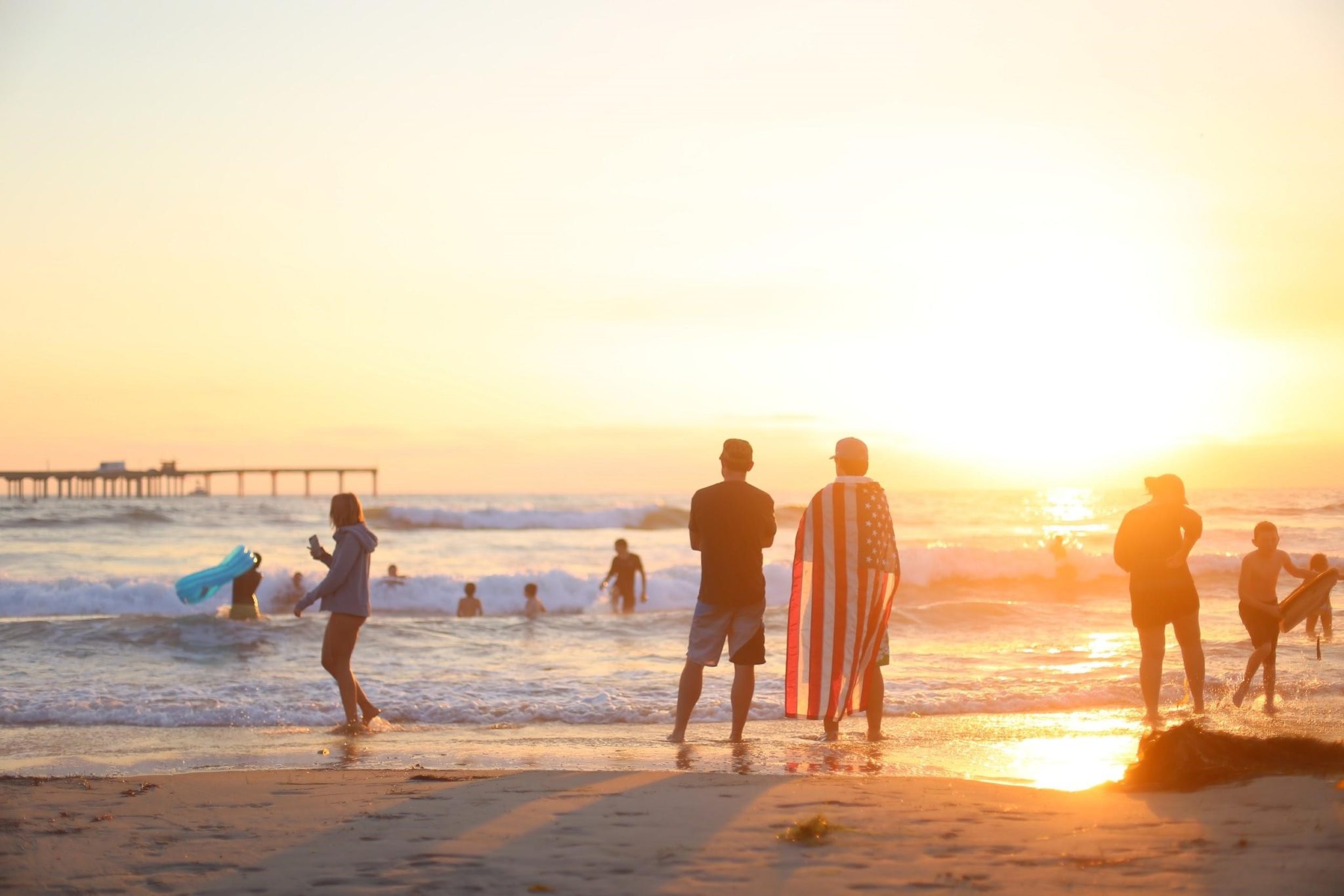



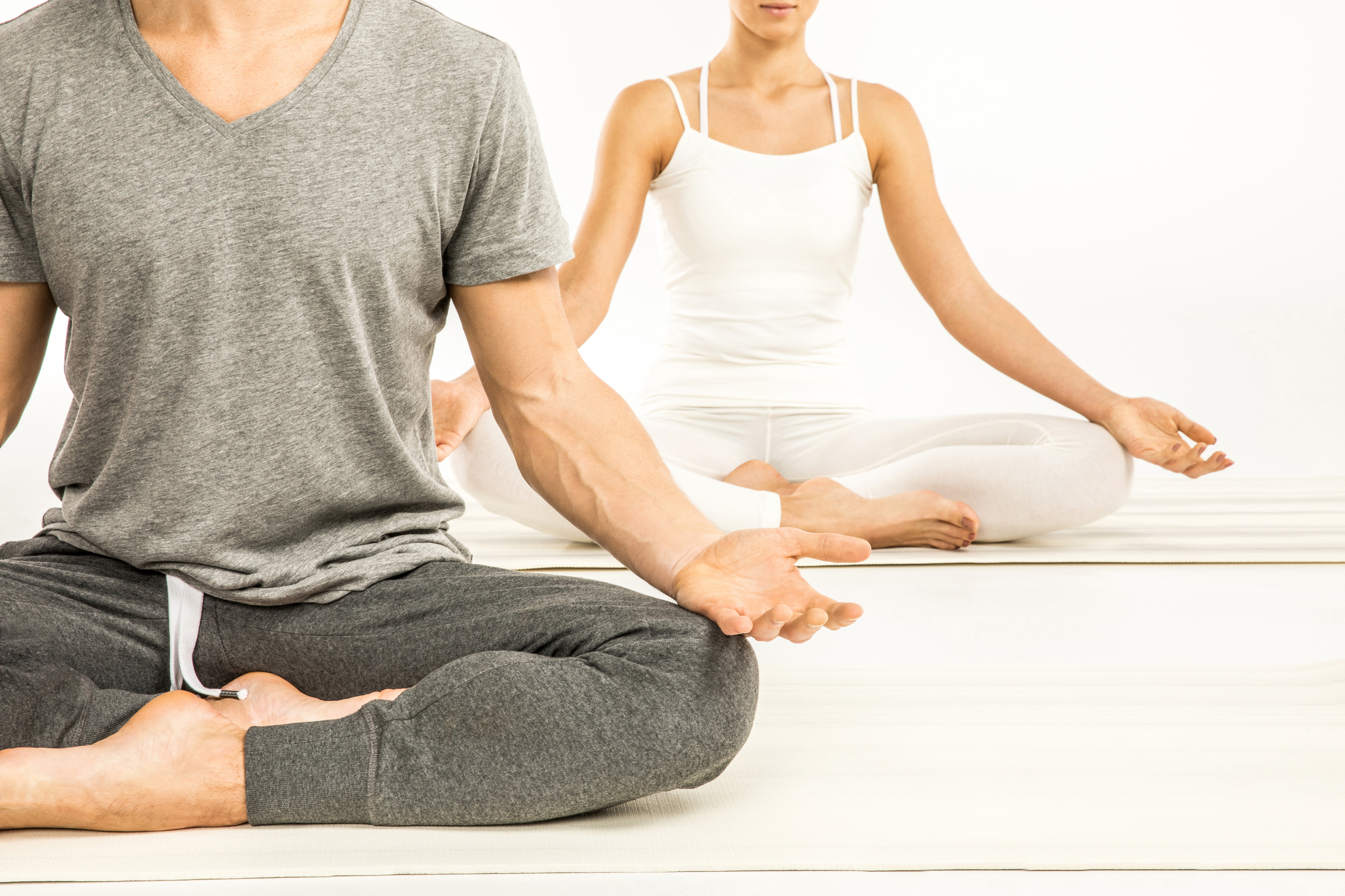
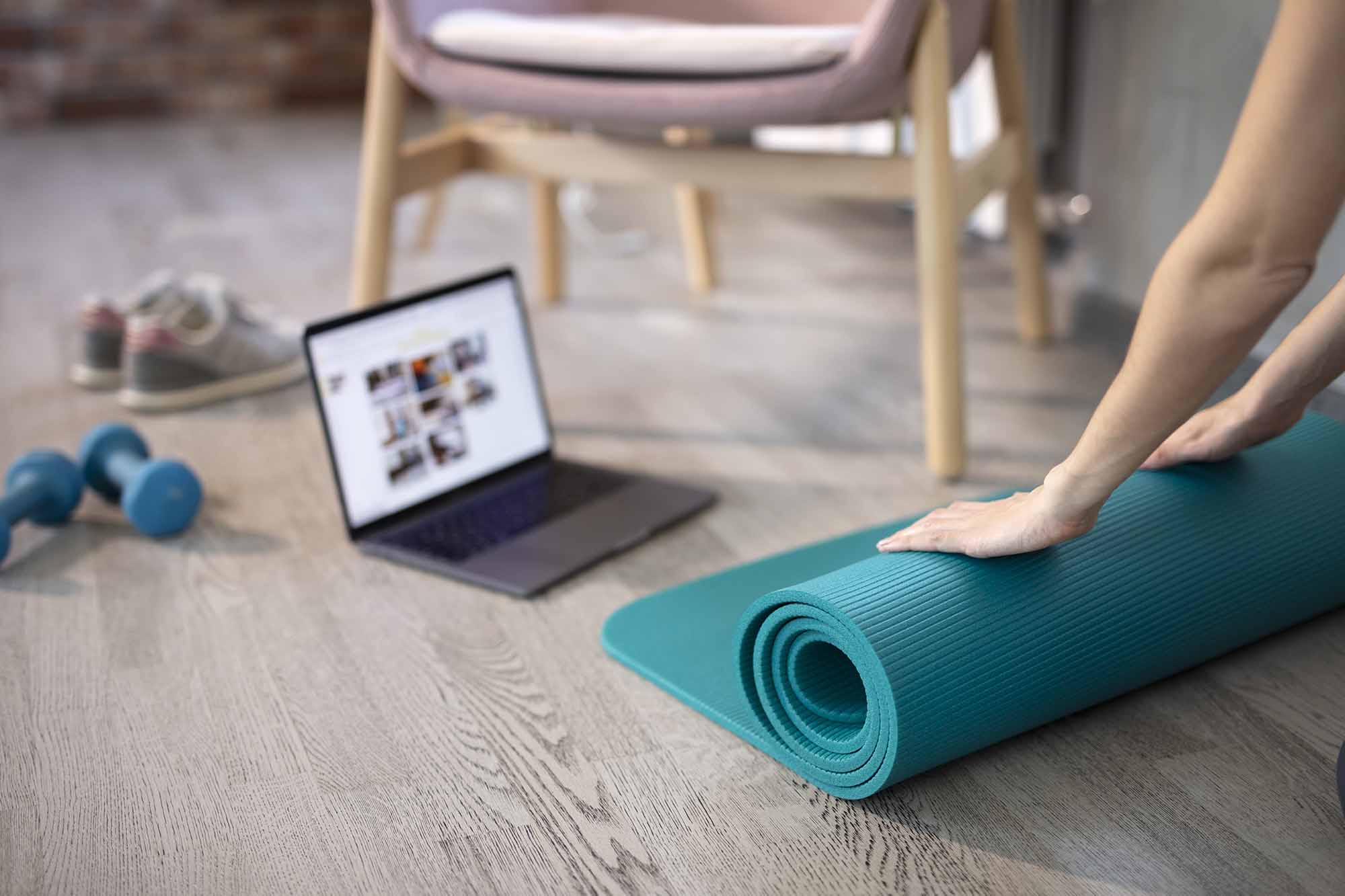
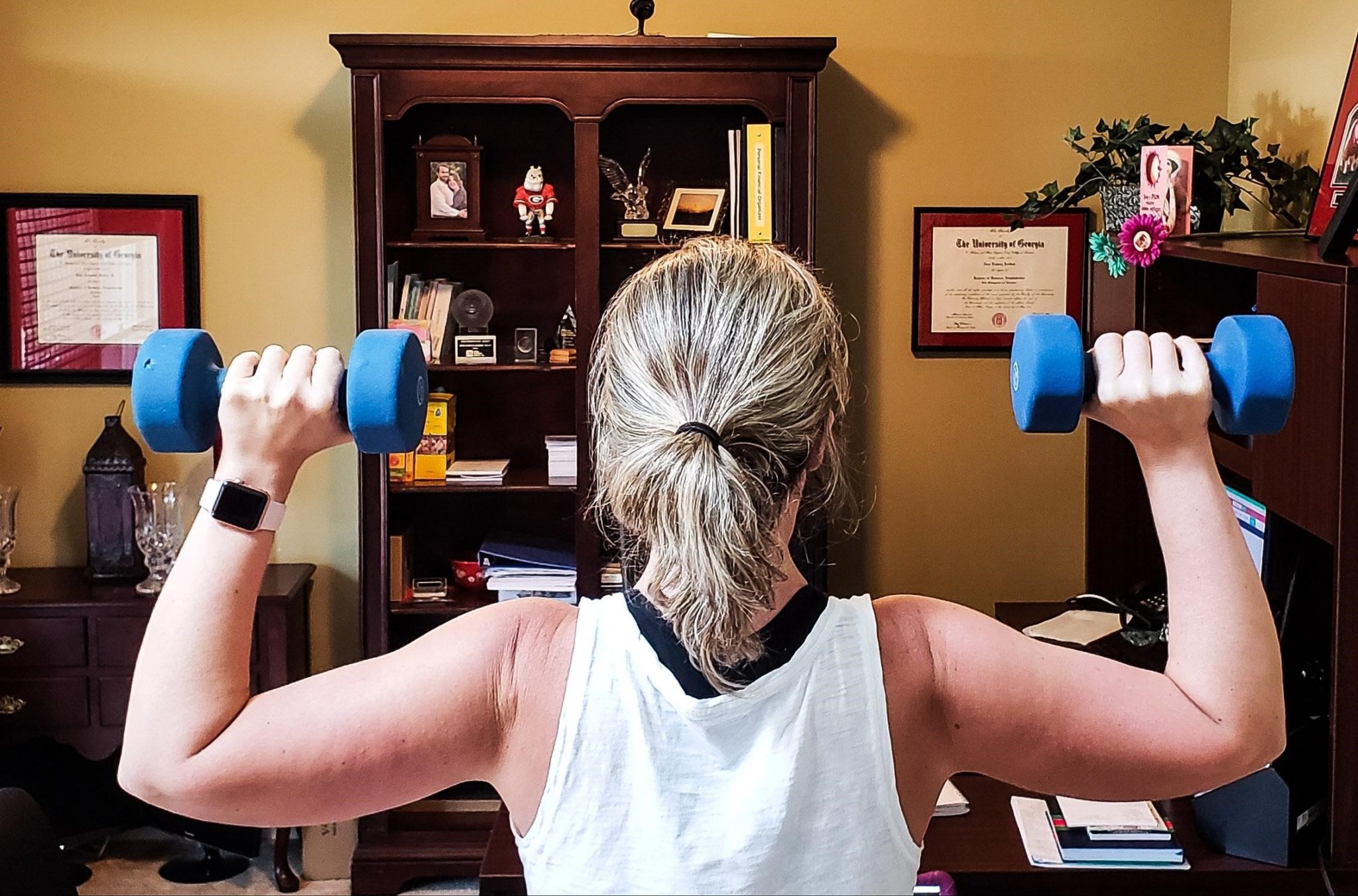
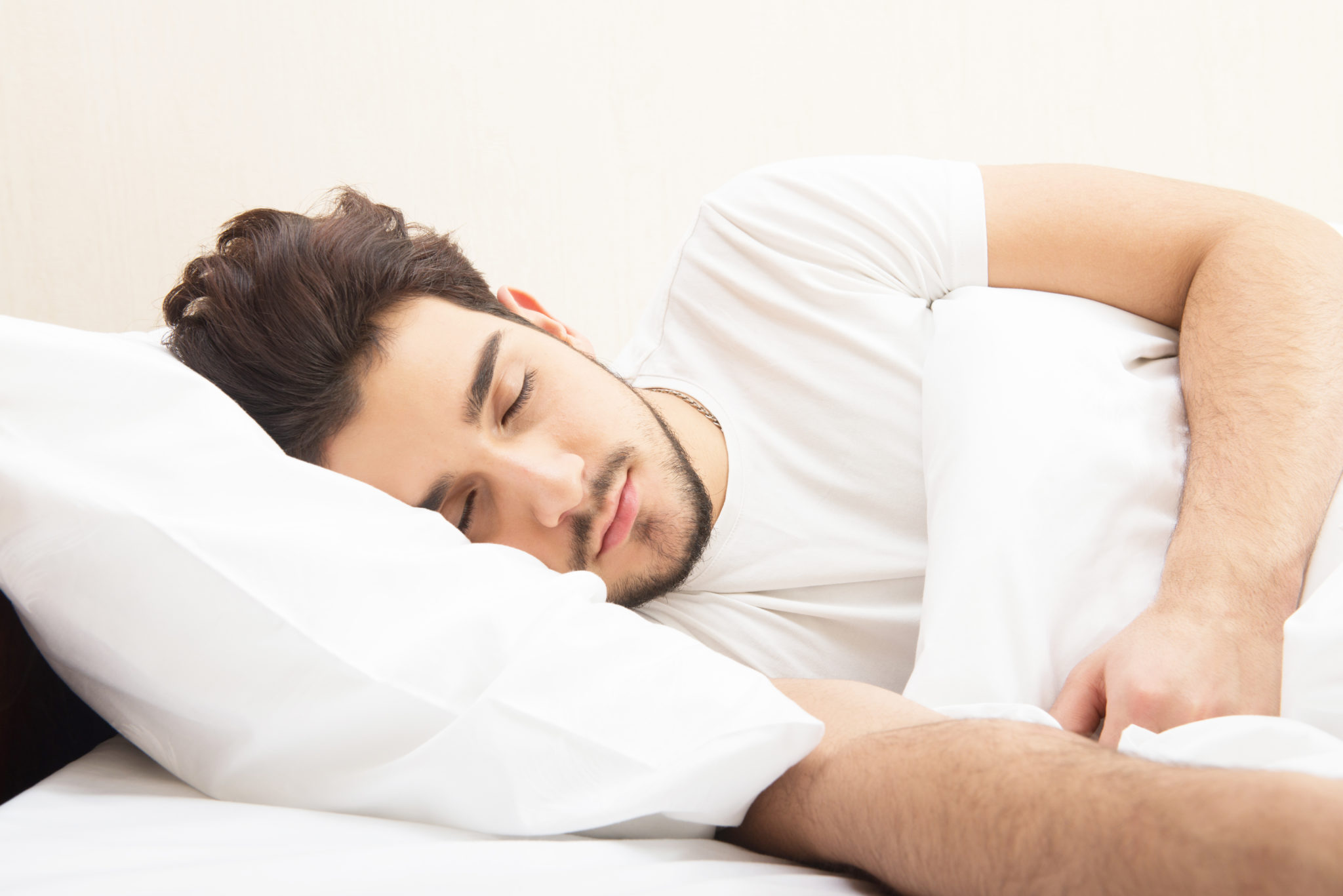




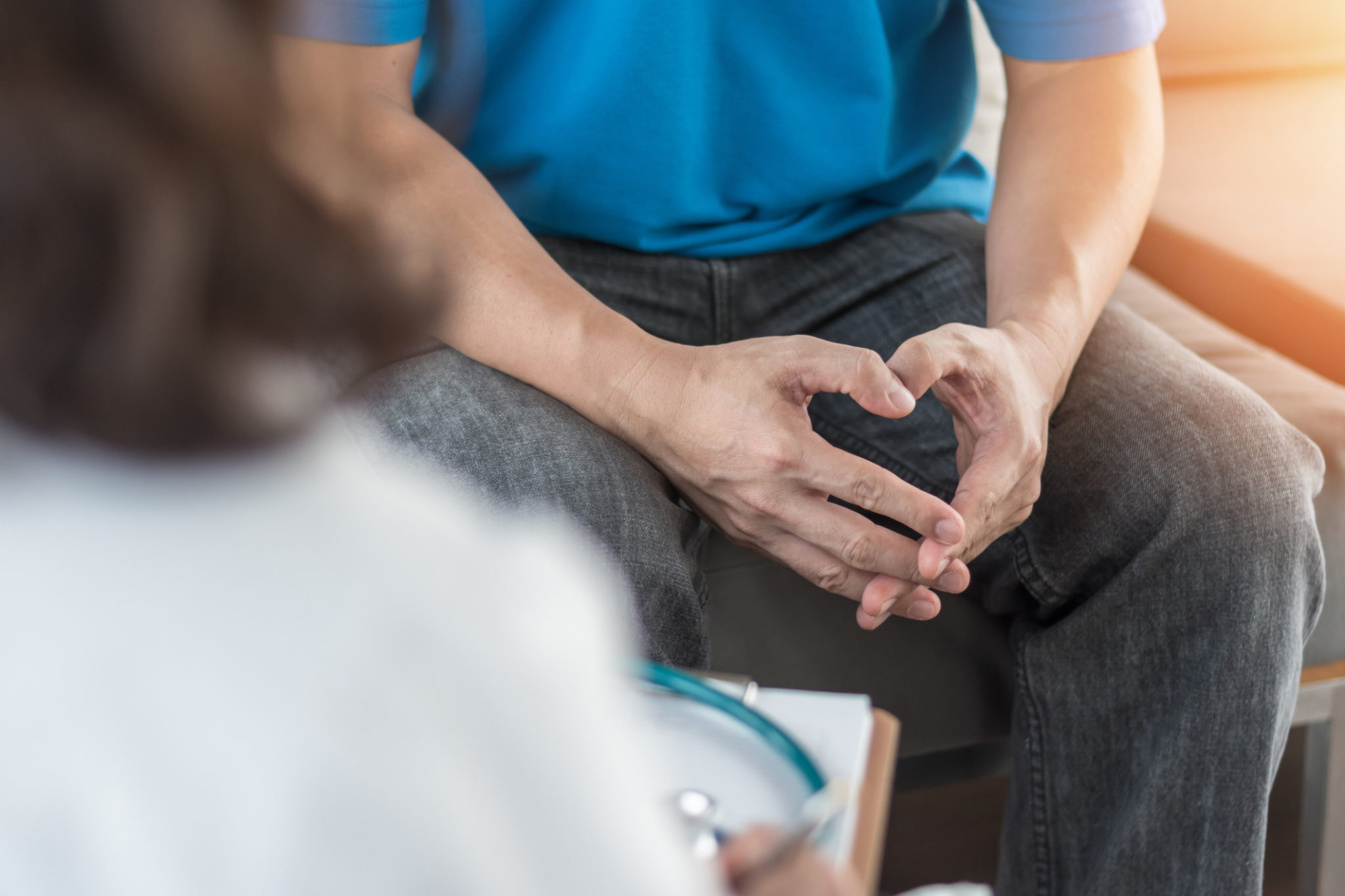

Comment will held for moderation